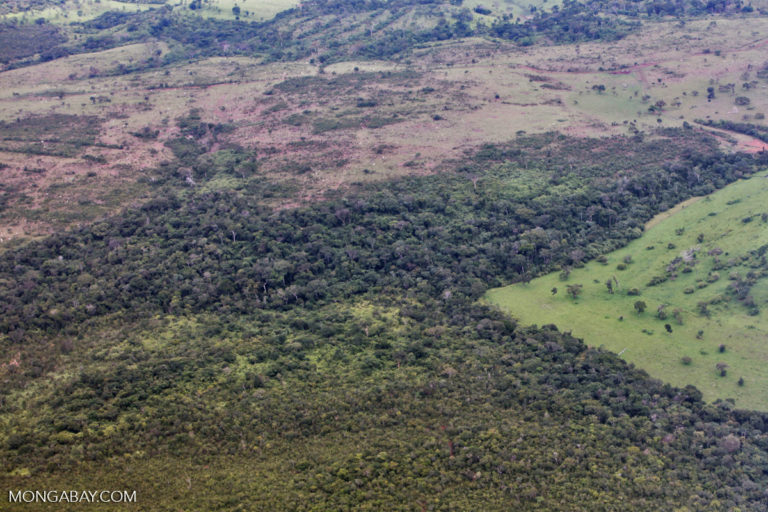- A third of the world’s sharks, rays and chimaeras are threatened with extinction, and their numbers have dwindled since 1970, finds a new IUCN report and a study.
- Overfishing is the biggest threat to these marine fish, halving their populations in five decades, followed by the international trade in shark parts, habitat degradation and pollution.
- Scientists call for immediate actions to prevent extinction, regulate trade and manage shark fisheries to promote sustainability.
Evolution has perfected the world’s sharks and rays for more than 420 million years. Unlike the ammonites or pterosaurs that they once shared the oceans with, sharks and rays persevered through five mass extinctions. But now, their resilience has been put to test by a human folly: overfishing. In 2023, the Java stingaree (Urolophus javanicus) became the first marine fish on record to have gone extinct because of humans. If our current fishing trends continue, it won’t be the last, scientists warn in a recently published report and a study.
The new IUCN report, put together by more than 350 experts from more than 100 countries, finds that overfishing is the biggest threat to the world’s 1,266 species of sharks, rays and chimaeras (a distantly related deep-sea order of fish often called “ghost sharks”). Building on previous population assessments and new knowledge gained in the past two decades, the IUCN report identifies global and local threats to sharks and rays found in 158 countries with a coastline.
“The report is a call for action,” said report lead author Rima Jabado, who chairs the Shark Specialist Group at the IUCN, the global wildlife conservation authority. “We know so much more [about sharks and rays] than we used to 20 years ago but it’s not all beautiful and rosy … and we need to be doing something about it.”
The report finds Indonesia, Spain and India top the world’s shark-fishing countries, followed by Mexico and the U.S. While only a quarter of global shark species are caught by fishers, those like rhino rays (order Rhinopristiformes), whiprays (genus Himantura), angel sharks (genus Squatina) and gulper sharks (Centrophorus granulosus) have seen massive declines in their numbers. The report also highlights the increase in global shark part trade and recommends local, country-level actions to conserve these ancient predators.
For instance, the report finds that in Indonesia, rays make up more than 60% of the total catch of sharks and rays. Shark fins are the most valuable product, and more than half of Indonesia’s catch is exported to China and Taiwan. The report recommends Indonesia improve the quality of catch and trade data to better monitor shark and ray populations in its waters.
Andrea Pauly, coordinator of the Memorandum of Understanding on the Conservation of Migratory Sharks, an international conservation agreement of migratory sharks, rays and chimaeras, said the report fulfills a big need for conservation practitioners and decision-makers.
“It really pinpoints what exact actions need to be taken by whom, in which country, and which species to prioritize and what measures to focus on,” she said. Pauly wasn’t involved in producing the IUCN report.
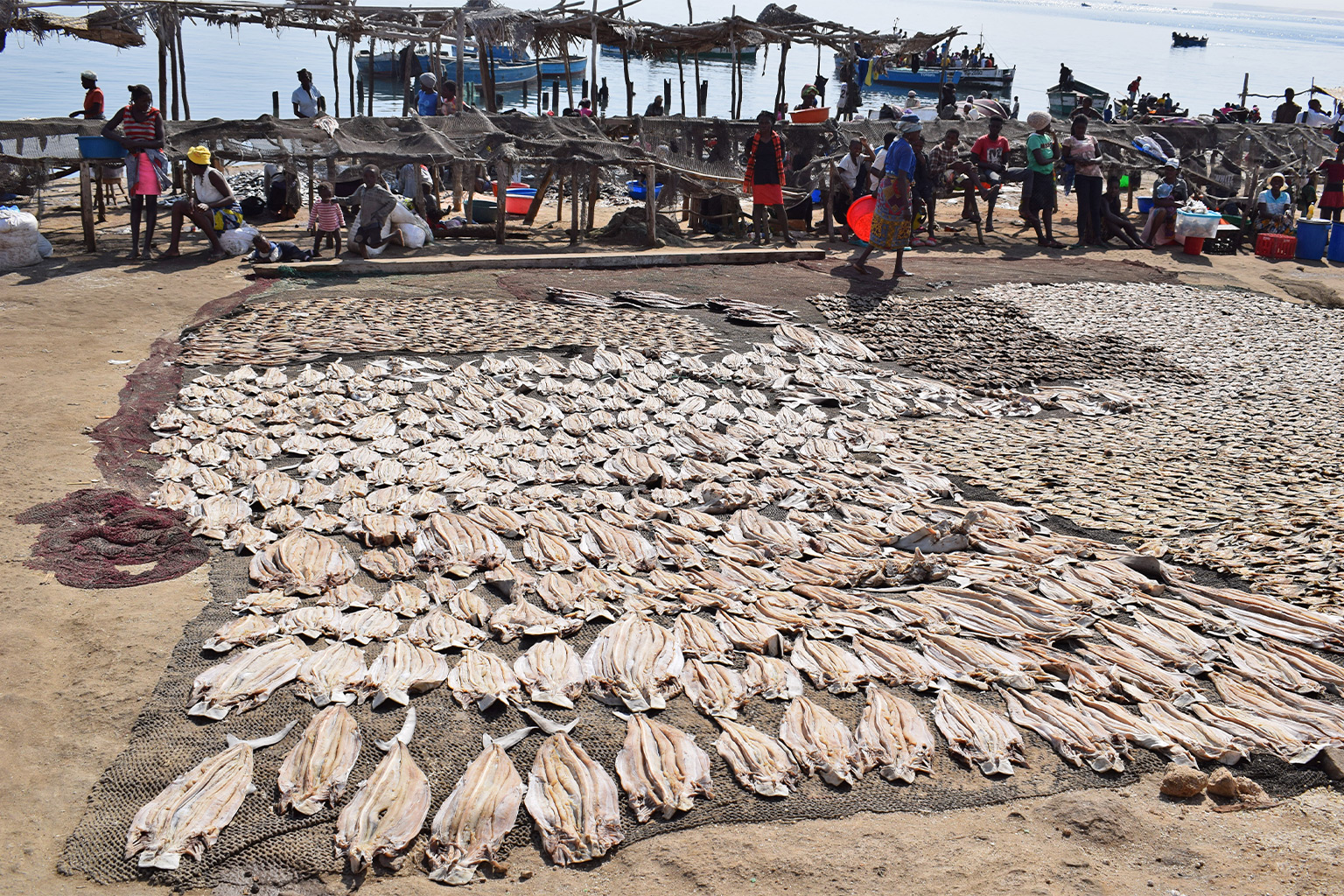
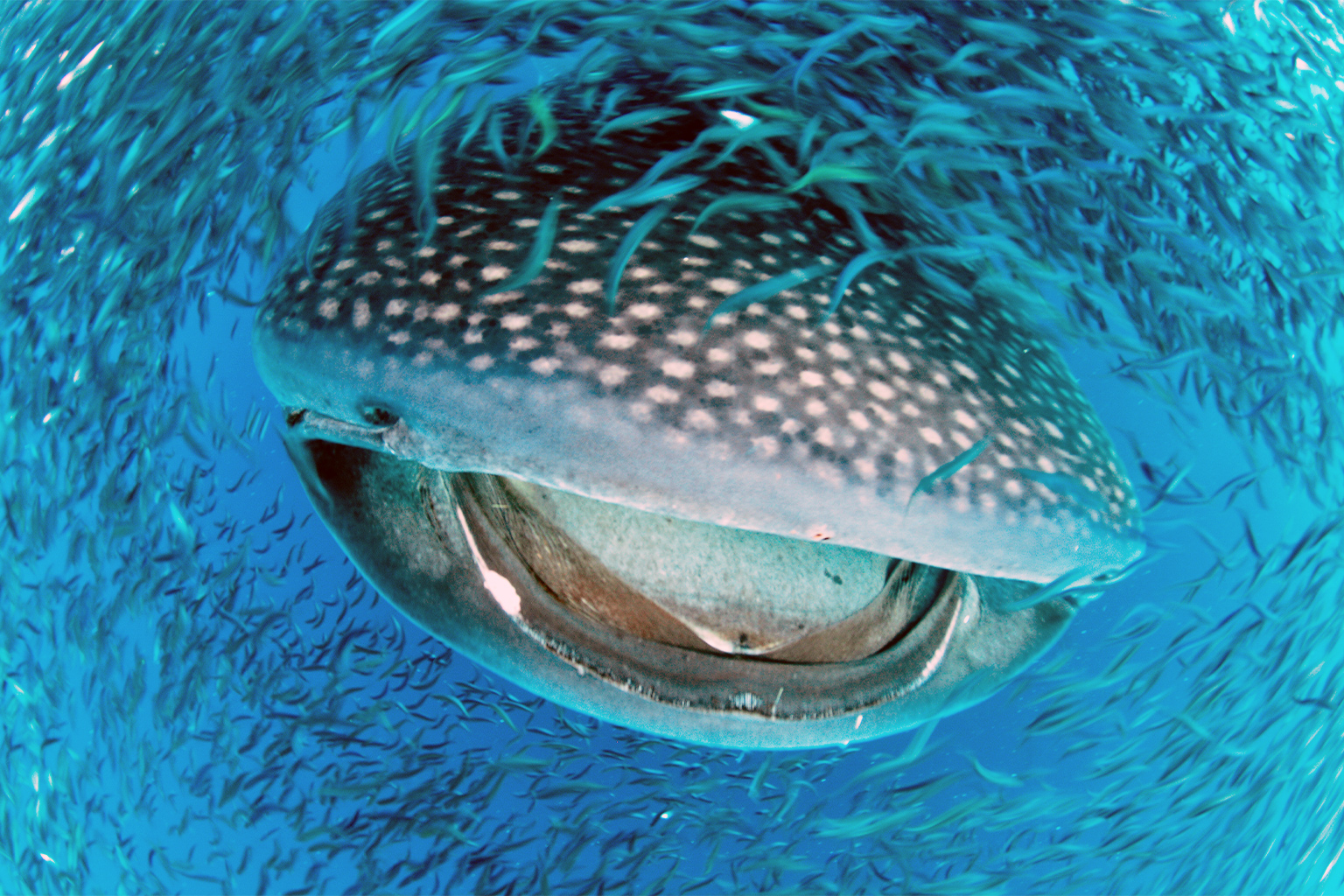
Overfishing biggest threat for sharks and rays
Sharks, rays and chimaeras, collectively known as chondrichthyans or cartilaginous fish, are found across the world in a variety of habitats, including coastal, intertidal, deep sea, mangrove, estuarine and sometimes even freshwater ecosystems. As predators and prey, they cycle nutrients in the ocean, act as carbon sinks, and provide nutritious proteins and livelihoods for coastal communities.
A new study, published in the journal Science, provides additional evidence on the dwindling chondrichthyan numbers. It finds that overfishing has halved their populations since 1970, a shocking decline in just 55 years. The study also finds that sharks and rays are at greater risk in countries with higher fishing pressure and harmful fishing subsidies. The global catch of sharks and rays doubled from 750,000 metric tons to 1.5 million metric tons between 1950 and 2000, while fishing efforts tripled. More than 100 shark species declined in population by more than 80% between 1975 and 2009.
“We’re in a situation where the sharks and rays are telling us that these coastal fisheries are in a terrible state,” said Science study author Nick Dulvy, a shark researcher at Simon Fraser University, Canada. “That’s the kind of dirty, frightening secret that this paper is telling us and we can’t keep ignoring.”
The extinction risks for large and medium-bodied sharks and rays are higher than those for smaller ones, the study finds. Since 1970, sharks and rays began declining in rivers, estuaries and coastal waters, and over time, the decline has expanded further across the open ocean. Currently, a third of shark and ray species are classified in one of the threatened categories on the IUCN Red List (vulnerable, endangered or critically endangered), making them the most threatened group of vertebrates after amphibians.
Sharks and rays are most vulnerable to overfishing because they reproduce slowly. The giant manta ray (Mobula birostris), for instance, doesn’t start reproducing until it’s around 8-10 years old, and then gives birth to a single pup once every three to four years.
“They don’t really have much spare capacity to cope with fisheries,” Dulvy said.
The study developed the first Red List Index (RLI) for 1,199 species of sharks and rays to assess how likely a species could go extinct. The RLI is a number between 0 and 1 that indicates the extinction risk for species belonging to a specific group. If all the assessed species are classified as being of least concern according to the IUCN Red List, the RLI is a 1, whereas it’s 0 if everything is extinct. The lower the number, the worse the extinction risk.
“This new shark and ray RLI will help track progress toward ocean biodiversity and sustainability targets, identify species and places most at risk and guide future conservation efforts,” Jabado, a co-author of the study, said in a statement.
The researchers tracked the RLI from 1970 to 2020 and found it’s worsened by 19% in the past 50 years. In line with the IUCN report, the study found steep declines in shark and ray species that play a critical ecological role, such as rhino rays, devil rays (genus Mobula), eagle rays (family Myliobatidae), hammerhead sharks (family Sphyrnidae), requiem sharks (family Carcharhinidae), angel sharks and gulper sharks. As these vital species plummet, there’s a 22% drop in the functional diversity of sharks and rays, reflecting their ecological importance.
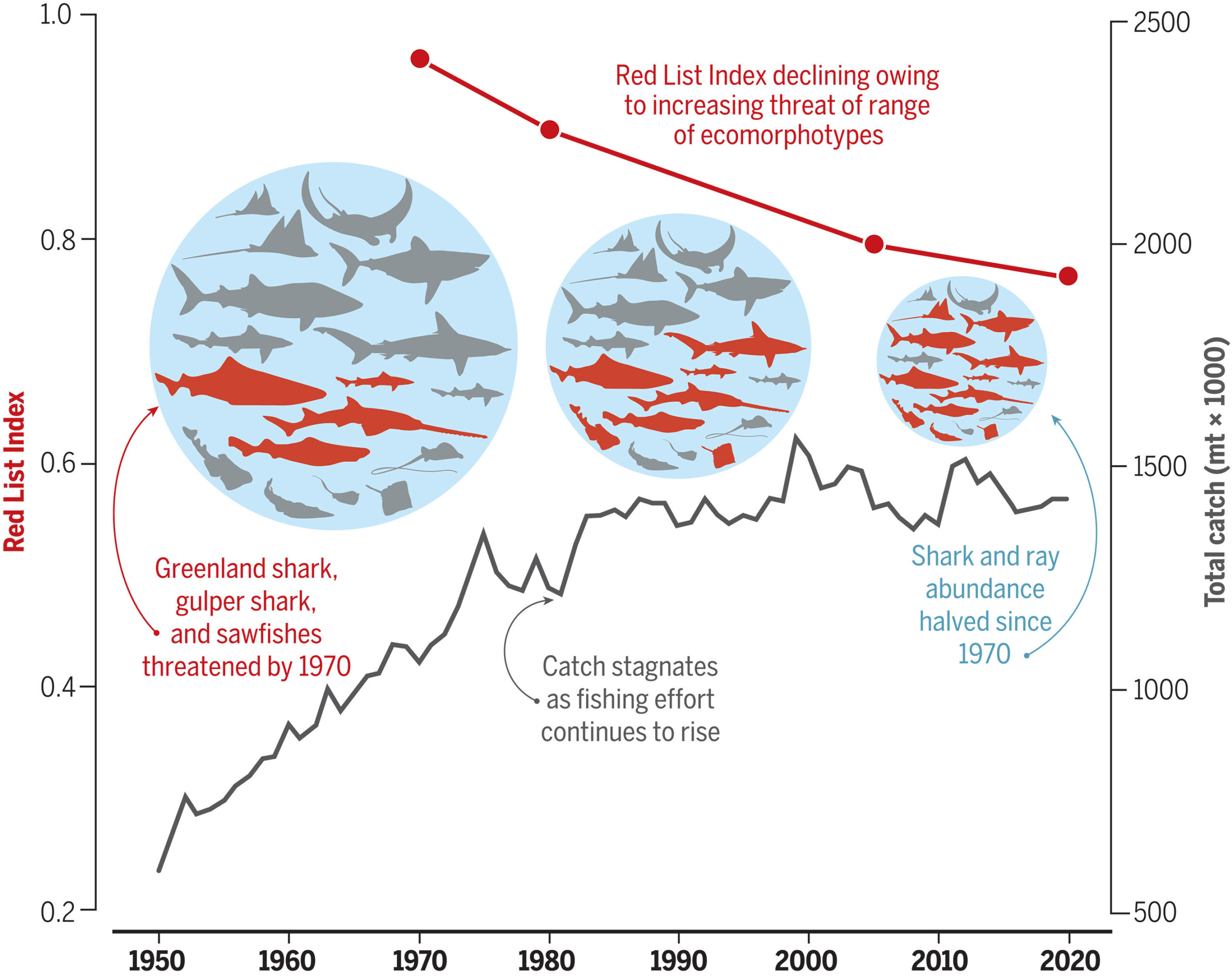
A surge in the shark parts trade
In 2005, when the IUCN Shark Specialist Group published its first global status report on sharks and rays, it highlighted the issue of trade in shark fins and gill plates. In the years that followed, more than 140 species of sharks and rays have been listed under different appendixes of CITES, the international convention on the wildlife trade.
These listings, Jabado said, have helped largely regulate the shark fin trade, but haven’t reduced mortality rates.
“Now these animals are no longer being discarded,” she said, referring to the practice where sharks are finned on board fishing boats and their bodies thrown back into the water. “They are being retained and new uses for their parts are being found.”
A growing example of such use is the trade in shark meat, which doubled in value from $157 million in the early 2000s to $283 million in 2016, according to the IUCN report. The shark and ray meat trade is now valued at 1.7 times that of the global fin trade. A third of threatened deepwater sharks are targeted for their meat and livers for their oil. In addition, some species’ parts are used as medicines.
The report also found that South America is an increasingly major source region for shark and ray products. Expanding international trade routes, decreasing cost of shipping and air freight, and the liberalization of economies in many countries in recent years have furthered the trade.
Ray skins seem to be the newest and most exotic part to enter the trade in recent years, especially in Asia, Jabado said. The beautiful, water-resistant skins of different whipray species are used as luxury leather, akin to snake or crocodile skin.
“This is really concerning because these large rays, which are skinned, are coastal and they are being targeted in many countries not for their meat but specifically for their skin,” Jabado said.
Currently, although 70% of the 29 ray species fished are threatened with extinction, very few rays are listed on CITES, she said.
Other threats facing sharks and rays, per the report, include habitat loss and degradation due to coastal development, pollution, the growing tourism sector, and ocean acidification. Climate change is a hazard for 10% of the threatened shark and ray species.
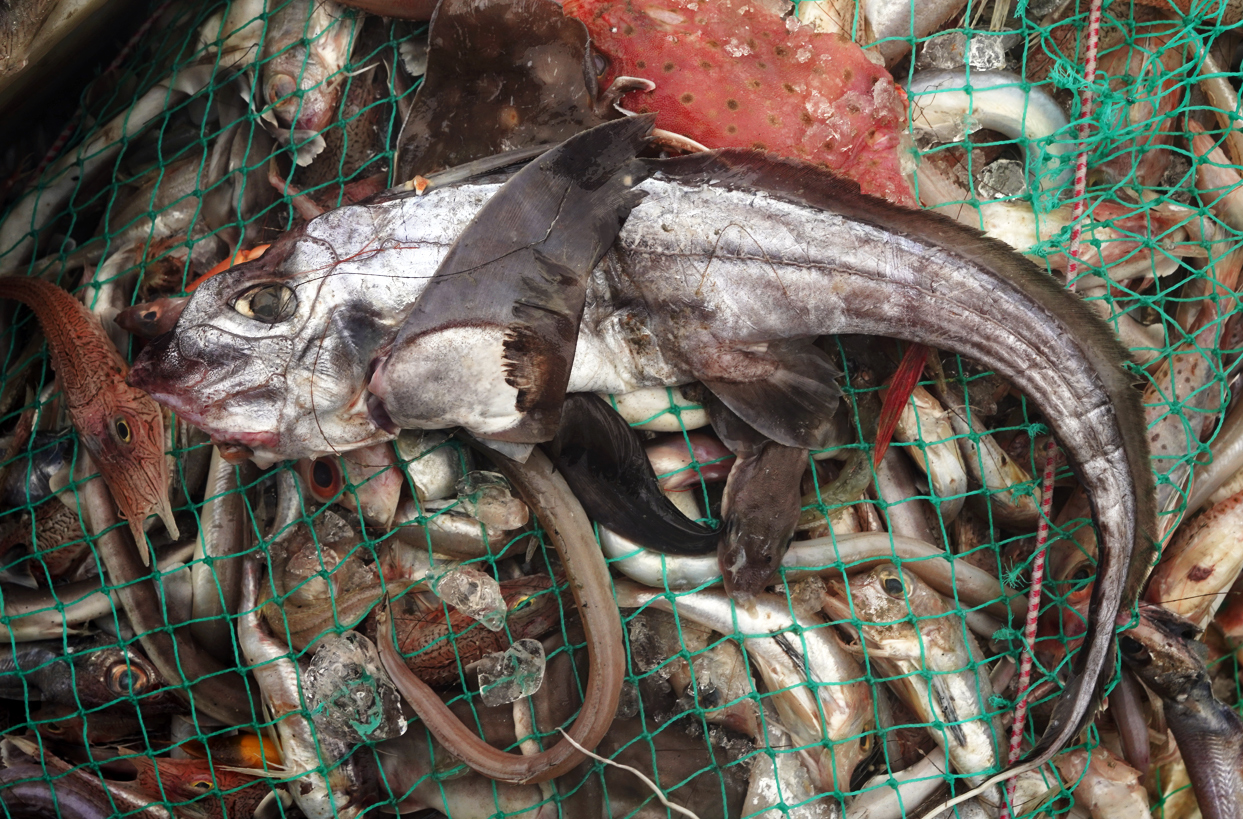
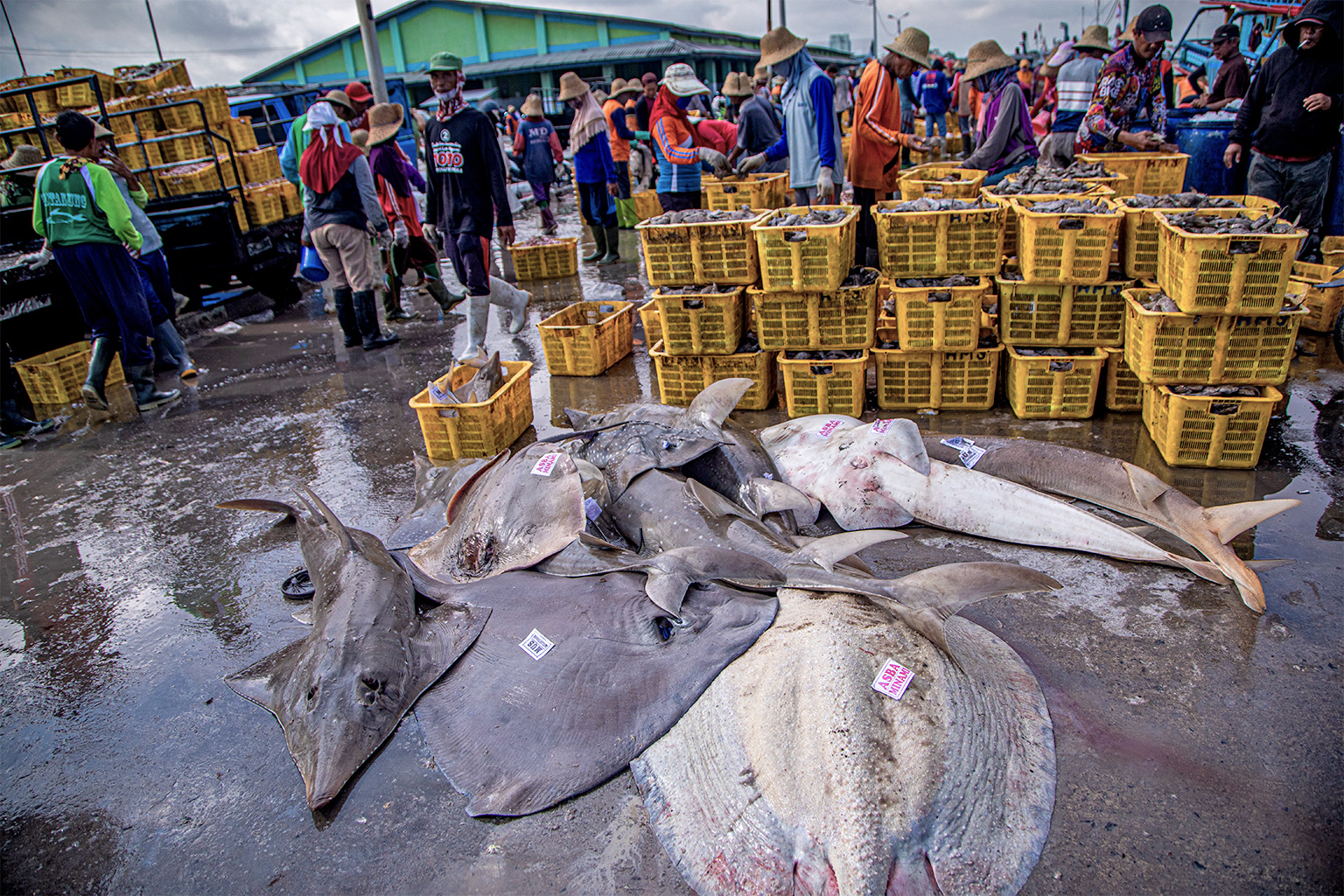
Bright spots and conservation actions
Although sharks and rays are generally undermanaged across the world, Dulvy’s study identifies “dark spots” where populations are plummeting due to weak fisheries management and hence need urgent conservation actions. These include the waters between Japan and Taiwan, Indonesia and Papua New Guinea, the Bay of Bengal, and the Western Indian Ocean.
Yet the study also identifies “bright spots” where science-based fisheries stock assessments have lowered the risk of extinction for sharks and rays. These include the waters off the U.S., Canada, the U.K., Europe, Australia, New Zealand and parts of South Africa. These countries, Dulvy said, provide beneficial fisheries subsidies based on the scientific management of stock at a species level, a model he said must be followed elsewhere for conservation.
“We are paying people to drive sharks to extinction, and countries that have got the worst shark status are the countries with harmful subsidies,” Dulvy said. “If we put in science-based catch quotas, then we can secure that catch to infinity, until the sun burns out.”
Fisheries management is a huge area of action, Jabado said, adding she believes despite the threats to sharks and rays that sustainable harvesting of some species is possible. She suggested countries could start with issuing seasonal fishing permits, requiring fishing gear that reduces bycatch, and establishing “important shark and ray areas,” marine protected areas specifically focused on the conservation of these species.
“We need to find ways to balance community needs with conservation,” Jabado said, adding that with new assessment studies like Dulvy’s and the extensive IUCN report, actionable data are now available. “No matter what we do, we are at a point where we need to make hard decisions.”
Banner image: A bottlenose wedgefish (Rhynchobatus australiae). In recent decades, huge population declines have been seen in the rhino rays (including wedgefish), whiprays, angelsharks and gulper sharks. Image © Rainer von Brandis, Save Our Seas Foundation.
Citation:
Dulvy, N. K., Pacoureau, N., Matsushiba, J. H., Yan, H. F., VanderWright, W. J., Rigby, C. L., … Simpfendorfer, C. A. (2024). Ecological erosion and expanding extinction risk of sharks and rays. Science, 386(6726). doi:10.1126/science.adn1477
FEEDBACK: Use this form to send a message to the author of this post. If you want to post a public comment, you can do that at the bottom of the page.








